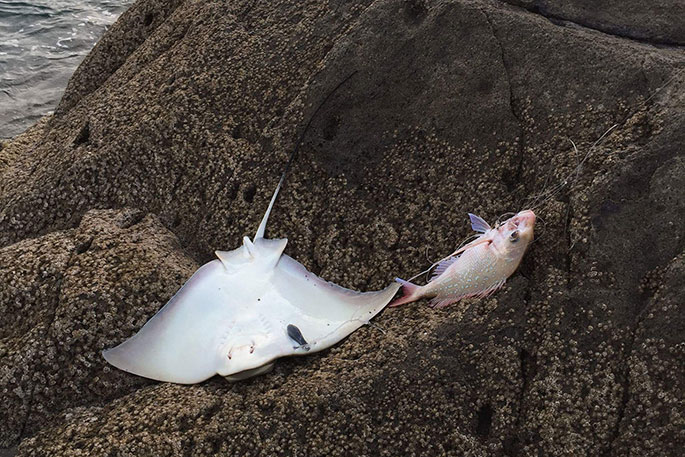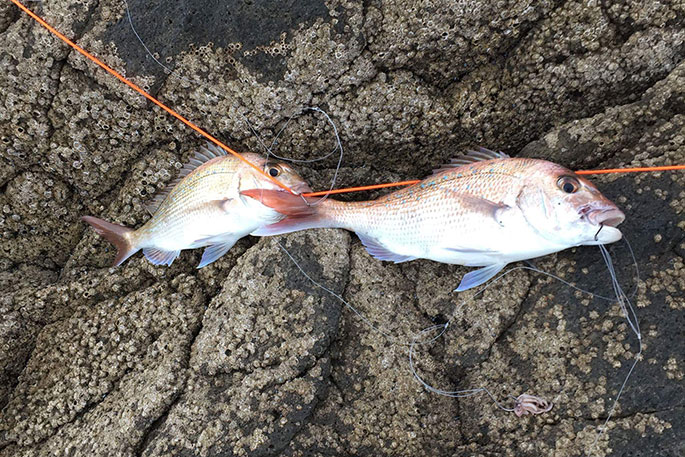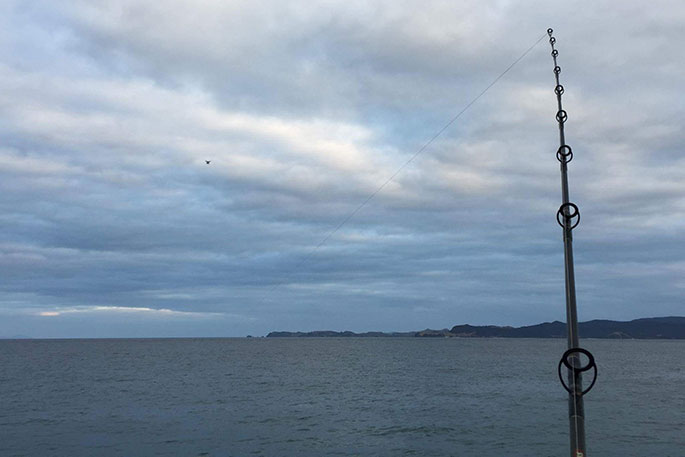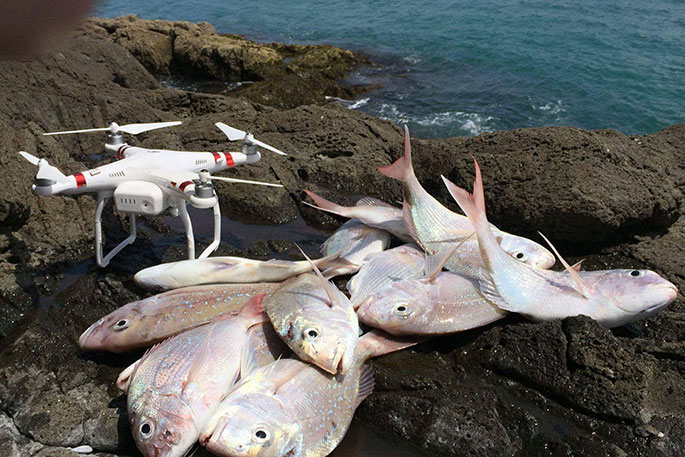Are you a fisherman that has found yourself frustrated with surfcasting because that sweet spot just outside your casting range eludes you? You may have tried your hand at kite fishing or a kontiki, which will get your line to where you want it, but it was a mission to set up. Perhaps it’s time you turned your attention to drone fishing - the new trend which is fast gaining momentum. Already popular overseas, a group of friends here in New Zealand decided to give it a go. “It was a lot of trial and error to begin with,” says Gareth, one of the creators of Drone Fishing New Zealand Facebook group. “We kitted out all kinds of drones and experimented to get our lines out further.” Gareth explains that the drones are a great alternative to using a kite or kontiki, or even a boat. “The drones aren’t cumbersome and can fit into your car easily. They make fishing more accessible.” How do they work? The drones themselves are only used for casting the line and are not involved in pulling the line back into shore. The fishing line is attached to the drone on the beach, sent out off shore with the drone, then released. “The main limitations are how much weight the drone can carry and how much line you have available,” says Gareth. “I use a kilometre of 50-pound braid and drop the line around 300 metres.” The DJI Phantom 3 drone, which is commonly used drone for fishing, has many practical features. If the drone is running low on power, it will want to return to the home point. It will also let you know if you’ve overloaded it. It has its own altitude hold capability, auto landing and vision positioning sensors in some models. What will it cost? A new DJI Phantom 3 drone will cost you about $1100. “There are always a few second-hand ones available on sites like Trademe for around $600-$700,” says Gareth. For the Phantom drones, a method of release is required. These can be homemade or there are professionally made ones that too. Gareth recommends those made by Ferntech or Dronecast as they are NZ made. There are also Drones especially made for drone fishing such as the Aerokontiki, which retails at around $6000, and the Splashdrone, which you can purchase for around $2000. What will it catch? “We have been catching plenty of Snapper, Kahawai, Kingfish and even John Dory,” says Gareth. “There have even been days where we have been catching more than the people out in their boats.” Drone Fishing New Zealand is a Facebook group Gareth Willams and a few of his friends have set up to build a community in New Zealand for people to help each other out. You will find all the advice you need to get started. They are beginning to publish guides to help others that are interested in giving drone fishing a go – they have published a guide around locating spot X - an area of water that fisherman refer to as the ideal target area. You will also find tips on Navionics, water depths and what to look for, and advice on making your own affordable rod holders. There is also advice on where and where not to fly your drone.





0 Comments
Leave a Comment